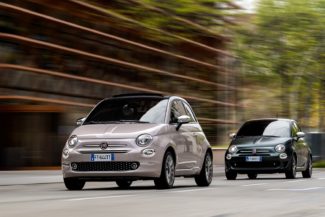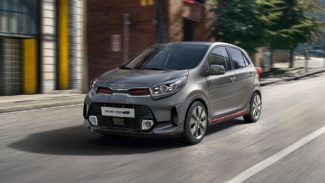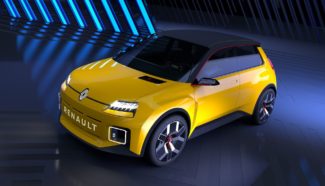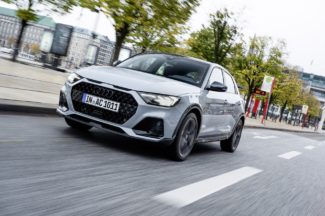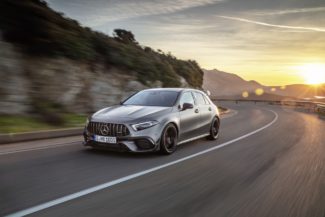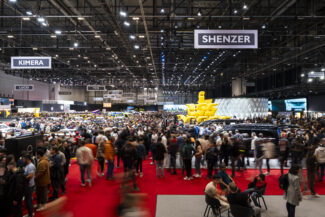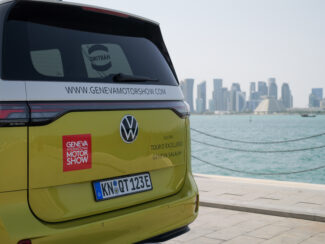They popularised the automobile, made individual mobility more broadly accessible, reduced distances and opened up a range of possibilities for many people, inspired many and gave us so many memories over the decades. They are small A-segment cars, accessible, no-fuss, but so very important to attract young people to cars and make them loyal to a particular brand. Nonetheless, several brands have successively announced they are leaving this segment over the coming months and years when current models reach their end of cycle. With petrol cars at least, blaming limited profitability for several years has now become inadequate with increasingly strict decontamination requirements involving costly technical solutions.
At Renault, the new Renault 5 electric will pick up the baton, but only superficially. Advertised at around 20,000 euros, the new generation 5 will be offered at twice the starting price of the Twingo.
The last two generations of the model have furthermore not had the same success as the first one in 1992, which saw more than 2.6 million manufactured. Since 2014, Renault has been producing the 3rd generation of its city car in association with the Mercedes Benz group in Slovenia, alongside the Smart range. The German and French models have the same undercarriage to reduce costs. The German group has since hitched the destiny of its brand to the wagon of the Chinese Geely group, spelling the end of the Twingo in its current form, which has become impossible to make profitable.
The findings are similar within other large European groups. Since 2019 and the buyout by PSA, Opel has withdrawn the Adam and Karl from its catalogue. The agreement binding PSA – since part of Stellantis – and Toyota to produce the Toyota Aygo, Peugeot 108 and Citroën C1 is now cancelled. The French have bowed out; the Aygo has given up its place to the Aygo X, the recently introduced compact crossover. In the Volkswagen group, the 3 city cars are simply a memory: following on the heels of the Seat Mii, its Czech cousin, the Skoda Citigo, has also been removed from the catalogue. The VW up! is still putting up some resistance, but it knows that it too is reaching the end.
Inadequate profitability
It’s a strange paradox: although small urban cars sell rather well in Europe – 1.2 million machines (around 8% of market share) per year up to 2019, before falling like the rest of the market by around 30% in 2020 – the low margins generated and particularly their high average CO2 emissions weigh heavily on finances. With emissions of around 110 to 120 g/km whereas in the category above, which benefits from increasing electrification, going from 0 g/km (electric) to around 100 g/km (hybrid), the Twingo & co. can no longer compete. They are above regulatory emission levels and are heavily affected by penalty policies and other CO2 fines. It is of course technically possible to resort to electrification but the actual cost generated is incompatible with their price positioning, without taking safety requirements into consideration. Dacia tried it with the Spring, but the limited adaptability of the model for the moment restricts its broader rollout.
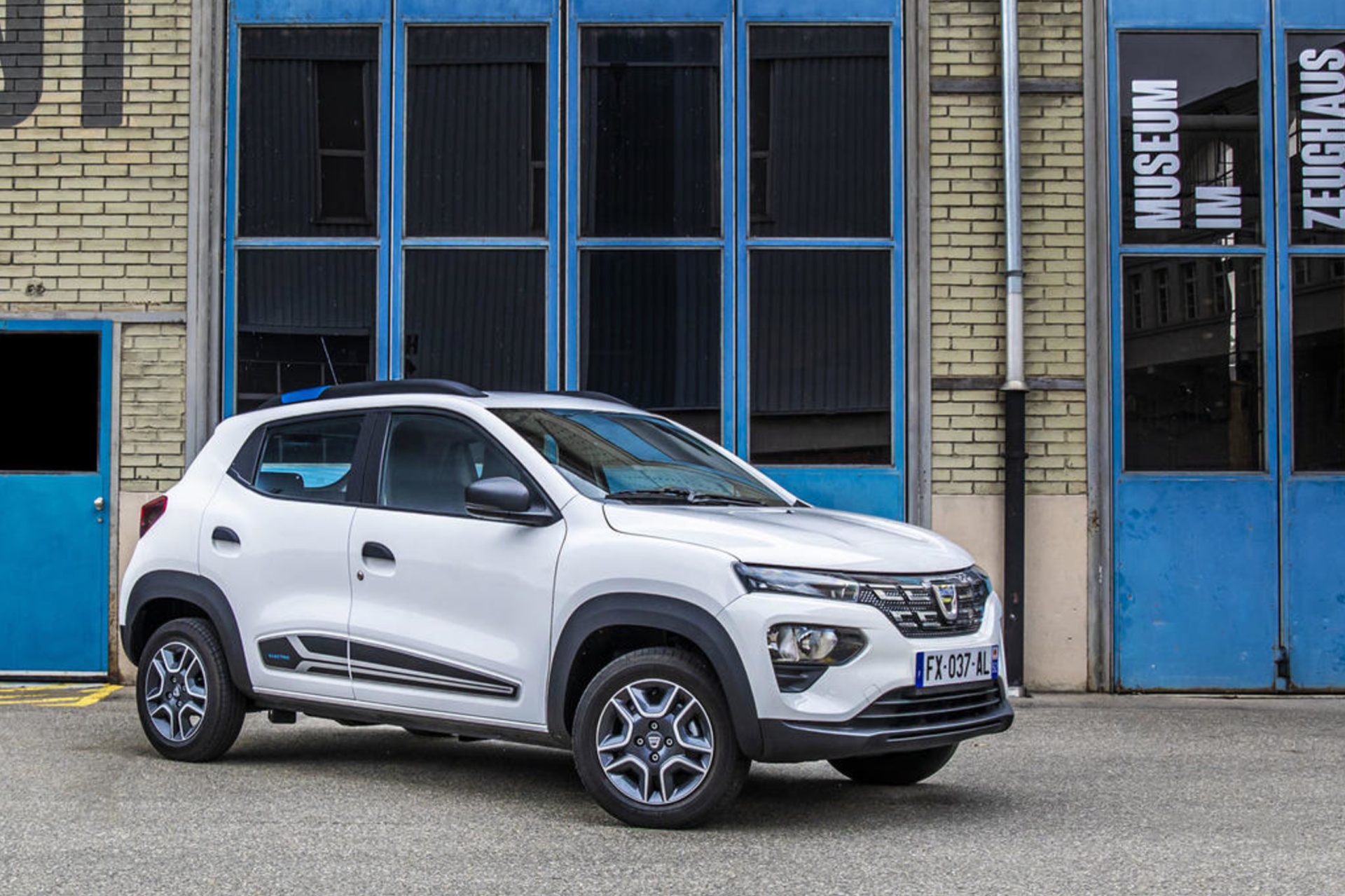
The Fiat 500 as an example
Let’s look at Italy and the example of the Fiat 500. Launched in 2007, there are more than 2.5 million of new generation unbendable “yoghurt pots” on the road to date. It still enjoys unprecedented popularity, racing ahead to lead sales in Europe. Through the special series and the resurrection of the Abarth brand, the Fiat 500 very quickly positioned itself at the top-end of the market for urban dwellers with higher prices than the competition. It found its client base to be wealthier than the average for the segment.
In 2019, the Turin brand refined its range by relying on a single and unique microhybrid version, while anticipating the 2020 launch of the 100% electric 500e. Next year, the 500 Hybrid will finally be withdrawn from the range.
With its 500e, Fiat chose a strategy worthy of premium models: starting with the prices, from 25,000 euros (27,000 Swiss francs), or 50% higher than the starting price of petrol models in 2020. In addition, for now, Fiat has limited its production capacity for the 500e to around 100,000 units per year against 200,000 for its petrol equivalent. This is the plan manufacturers are forced to adopt to keep their heads above water: produce less and sell for more.

Restrictive rules of the game
Finally, we remind you that framework conditions will get even harder in the future. With objectives of 95 g/km of CO2 already in force added to the 15% reduction imposed in 2025 and 50% (compared to 37.5% before the Paris COP21) by 2030, while expecting the complete withdrawal of petrol vehicles in 2035, this does not bode well, as the higher segment, home to the Renault Clio, Peugeot 208, VW Polo and Citroën C3 among others, is starting to suffer the same problems. Neither their sales volumes nor their image will save them when they have to admit defeat to accountants. In addition, the premium ranges are meeting the same fate, as Audi has alreay announced the forthcoming withdrawal of A1 and Q2, with the brand preferring to develop its top-end range to generate a higher margin. This is the same strategy, with a very strong inclination towards luxury, adopted by Mercedes Benz whose A and B class range won’t be renewed once they reach their end of cycle.
The question of whether cars are in the process of being “gentrified” should be raised. The new car market will be accessible to a minority with others limited to the second-hand market. At European level, the second-hand market has seen the share of models over 10 years increase, representing 53% of transactions in 2020.
This decline in the accessible cars category is not a result of cold strategies by companies but is the direct consequence of public policies carried out with little insight. For now, electrification is the only answer available to manufacturers to deal with the pressure applied by national and supranational authorities to reduce the ecological effects of their products. The rules imposed increase the exclusion of part of the public from the new car market due to high prices. This is without mention of the reduction, or even the removal, of state subsidies to promote the transition to electric cars, due to the lack of budget. Manufacturers are quite clearly aware of these issues, but their room for manoeuvre is diminishing relentlessly.
Risky bet
Is the move towards greater luxury inevitable and worthwhile? Only time will tell. But other questions arise as a result, such as the corporate problems this repositioning will undoubtedly create in the industry, as smaller volumes infers the need for fewer production resources. More broadly, what will happen as well with the acceptance of cars as luxury items by society in the future? Finally, removing petrol engines in Europe by 2035 will also involve a dual dependence on one market such as China; it will increase in importance both in terms of commercial opportunities and the supply of technologies and raw materials for the European car industry. The risk then becomes systemic.
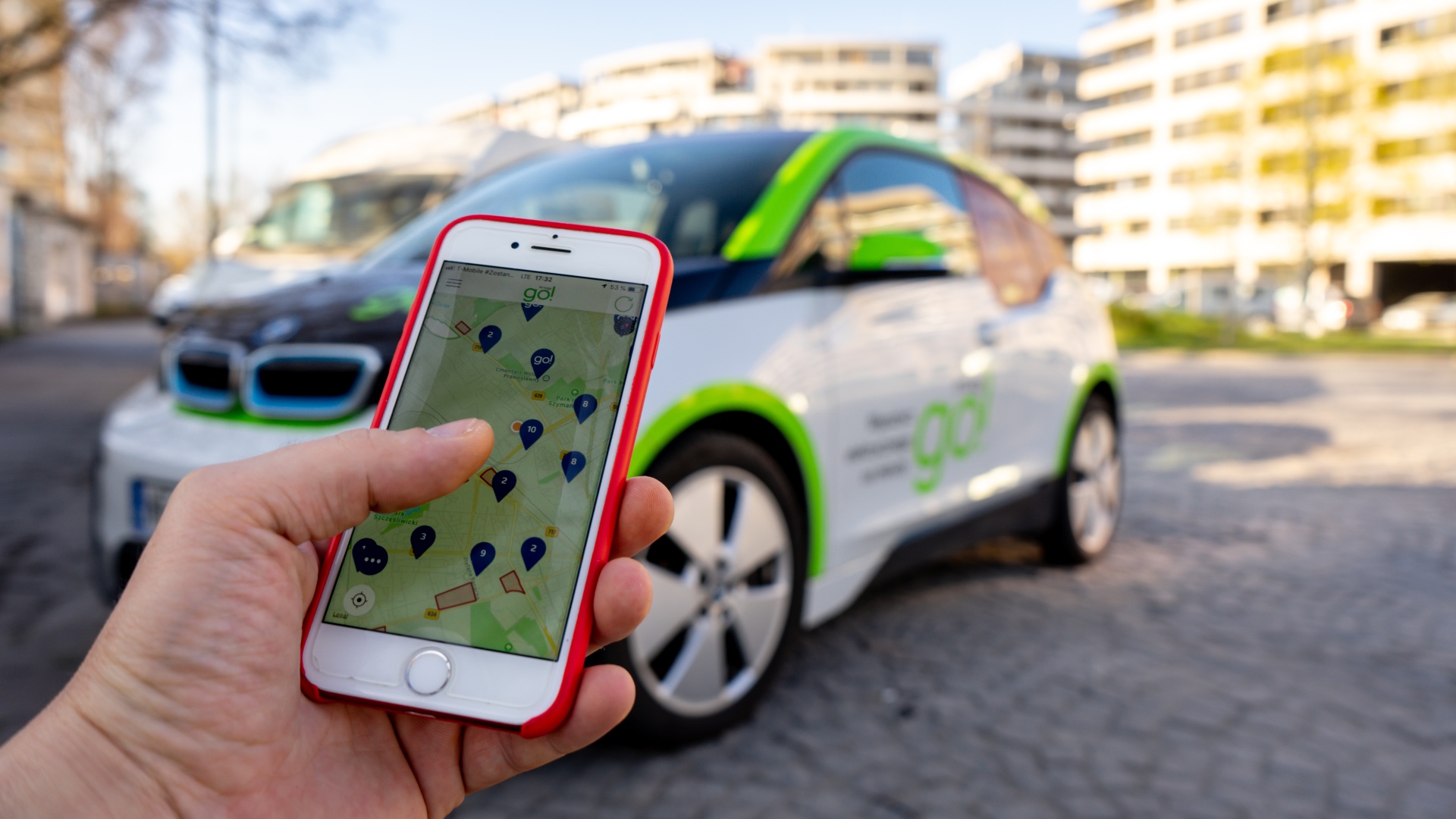
Of course, new forms of car consumption such as car sharing, with services such as Mobilize or Lynk that offer all-inclusive long-term rentals (financing, taxes, insurance and maintenance included in one monthly payment) can offer a timely solution, but mainly in urban areas. Outlying areas will remain the poor relatives of this shift. Luca de Meo’s wish to see the electric car widely accessible with the new Renault 5 can then be understood, provided that the stumbling blocks to supply and electric infrastructures are avoided.
Shutterstock/Audi/Fiat/Hyundai/Kia/Mercedes-Benz/Renault/GIMS/JM


